A Dundee councillor has revealed how a new trail exploring Dundee’s connections with slavery was inspired by her own experiences of racism.
Georgia Cruickshank says she and her children have faced slurs including being called “monkeys” on the streets of the city.
It inspired her to tell people about Dundee’s links to the slave trade and abolitionism – the move to end slavery.
People can now walk round the trail, with the help of a map, to visit important locations from the past.
It comes after Dundee’s relationship with the slave trade was thrust into the spotlight during 2020’s Black Lives Matter (BLM) protests.
Where does the trail go?
Starting at Dundee University’s Tower Building and ending at The McManus, the trail explores how raw materials, such as sugar, were grown by across the Atlantic and processed in Dundee.
It also explains how linen made in the city was used to clothe slaves in the Americas.
Stops on the map include a spot in the Howff graveyard where one of Dundee’s wealthiest slave-owners, John Wedderburn, is buried, and the location on Bell Street where the freed slave Fredrick Douglas spoke.
Those following the trail will also have the chance to see locations where anti-slavery campaigners gathered, such as the Steeple Church and the corner of Bell Street and Meadowside.
The trail and map were created by Dundee University museums and Woven Together, Dundee’s multicultural history project, with research being made possible by the council’s Black History Working Group.
The working group was created in 2020 as a response to the BLM movement.
‘I’m not asking for history to be rewritten’
Ms Cruickshank, who leads group, said: “This all came about because of the defacing of the George Floyd poster up in the Hilltown.
“Out of all the people that condemned it, I was the only one to receive abuse, and that’s what happens when a person of colour puts their head above the parapet.
“In past years it’s something I probably would’ve stayed silent about, but I felt angered and emotional about the whole thing – reliving some of the racism my children and I went through.
“There were people on the street calling us ‘monkeys’ and silly things like that.
“I’m hoping this map will create a better understanding of Dundee’s history and links to the slave trade.
“I’m not asking for for history to be rewritten, I’m asking for it to be told as it happened.”
The map will be available at public libraries and Dundee University from October 10 – and is also available online.
Erin Farley, local history library and information officer for Leisure and Culture Dundee – author of the map alongside Matthew Jarron from Dundee University – said: “Seeing the extent of the names and places mapped here brings home Dundee’s historic connections with slavery in a new way.
“This is an important first step towards reckoning with what this history means for the city.”
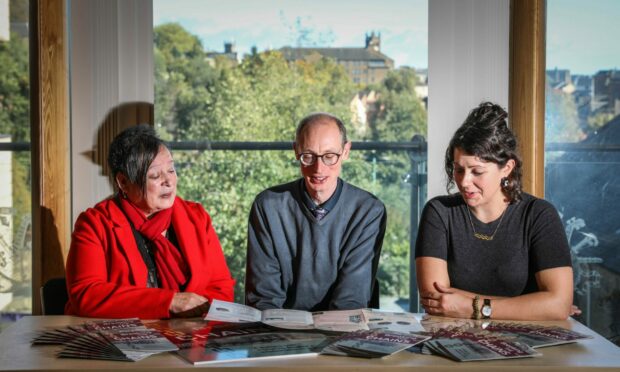
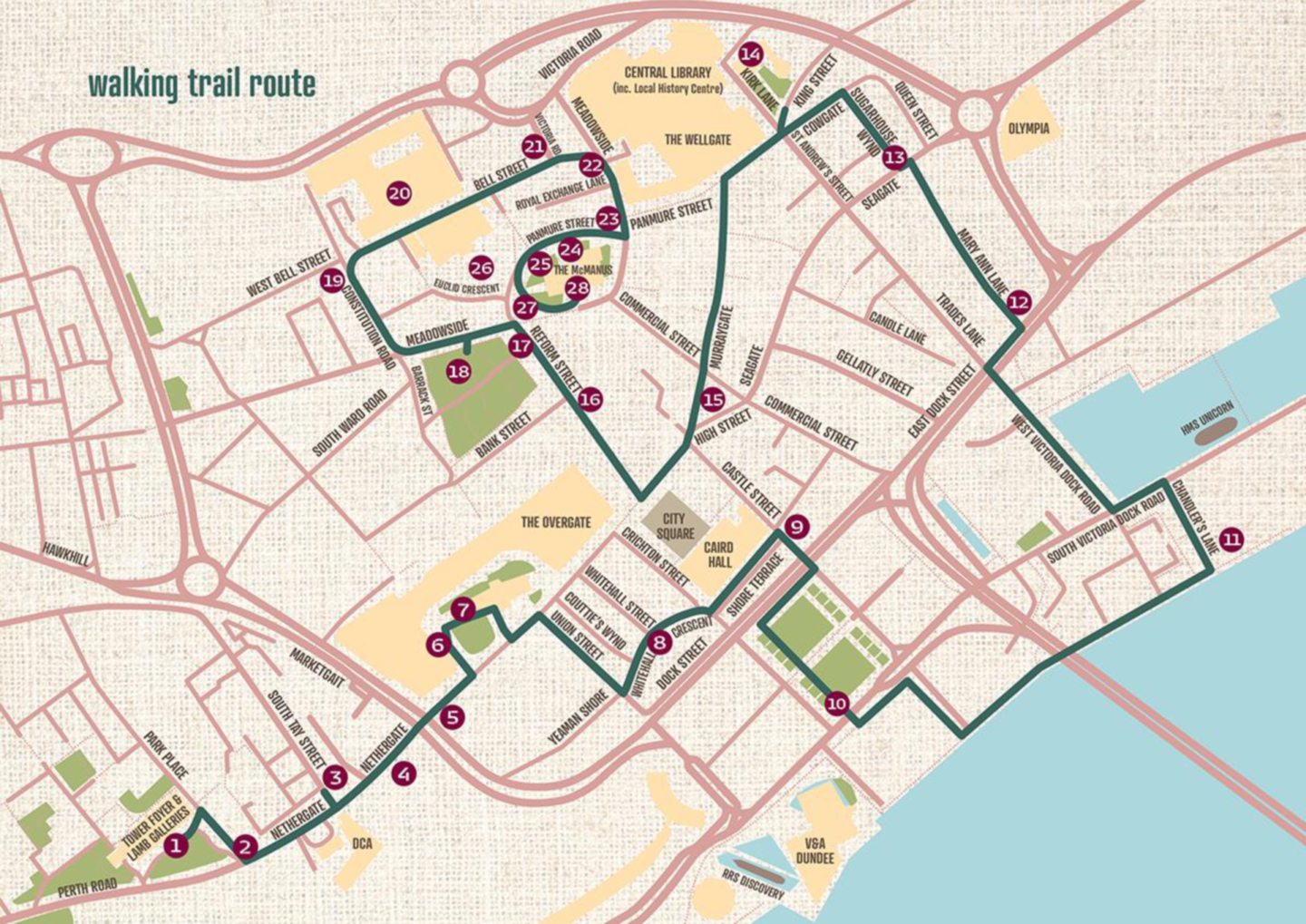
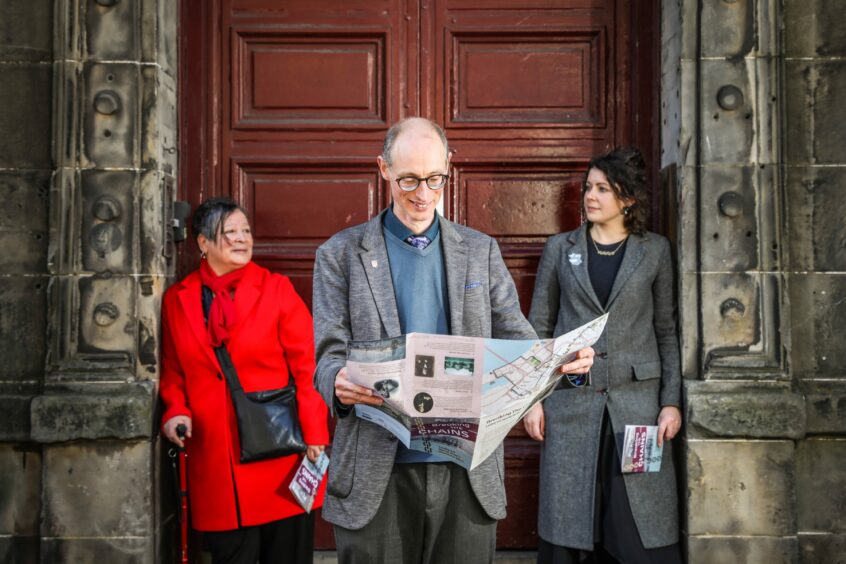
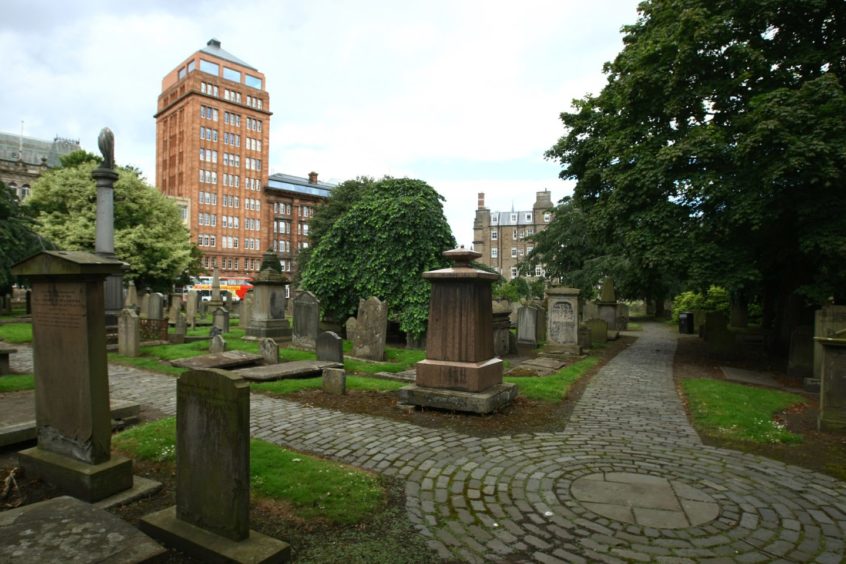

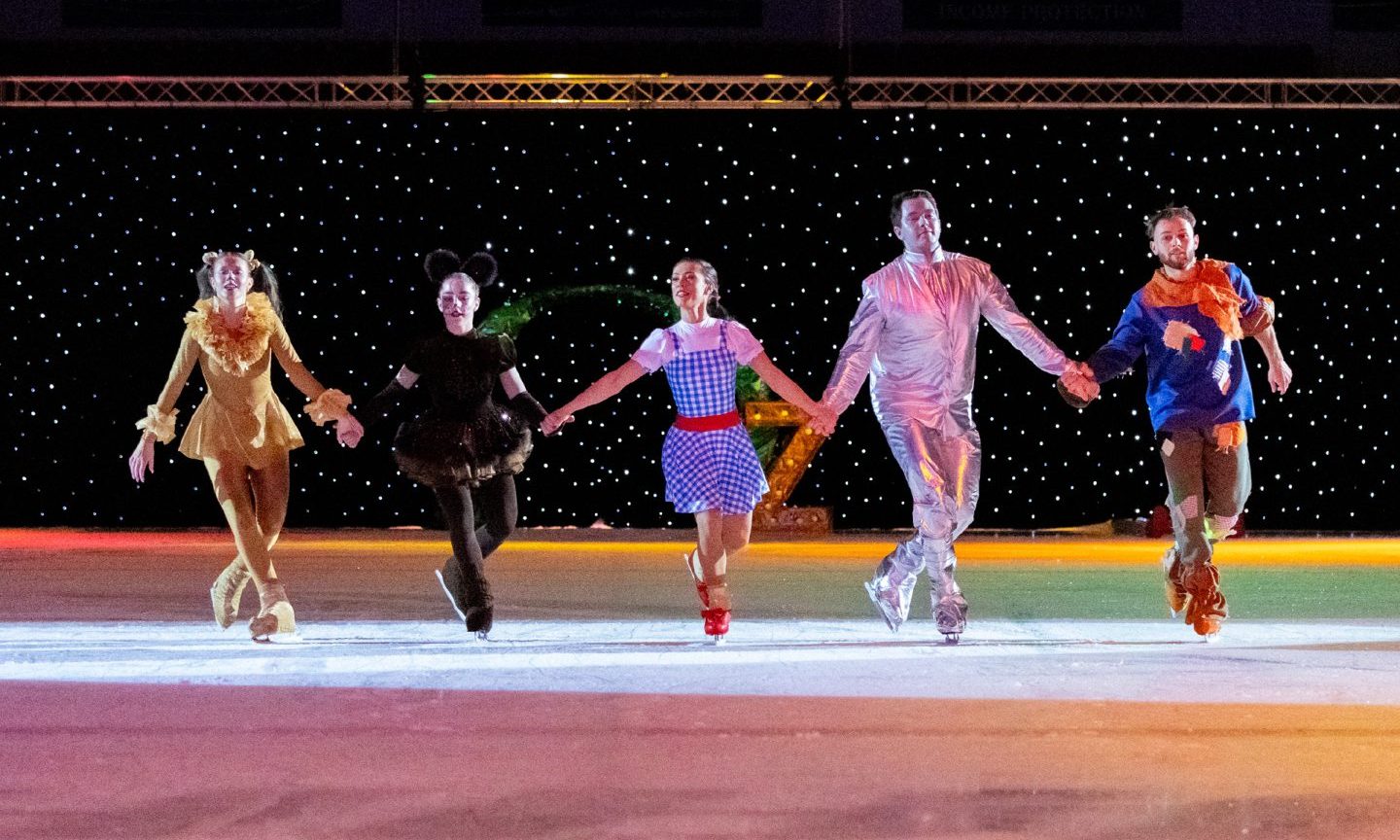
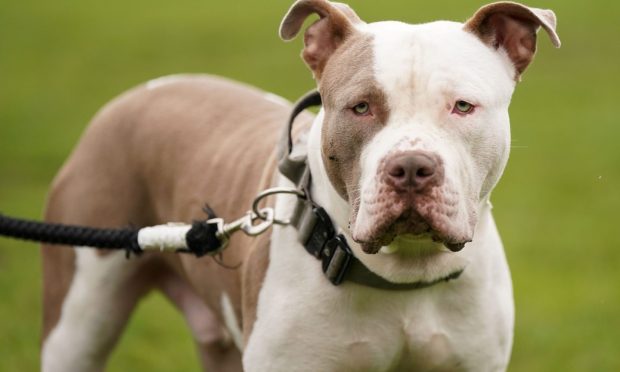


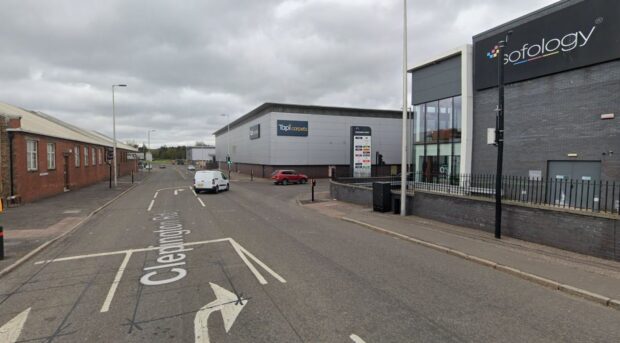
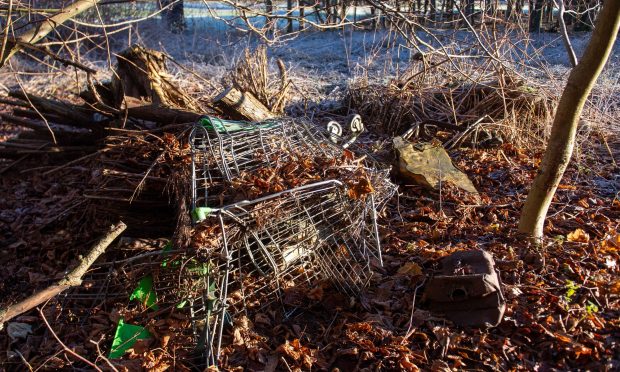
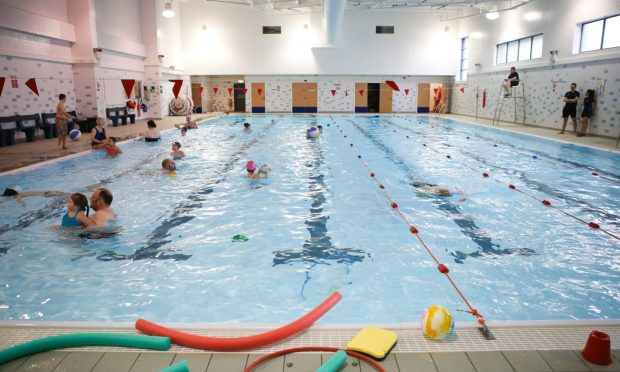


Conversation